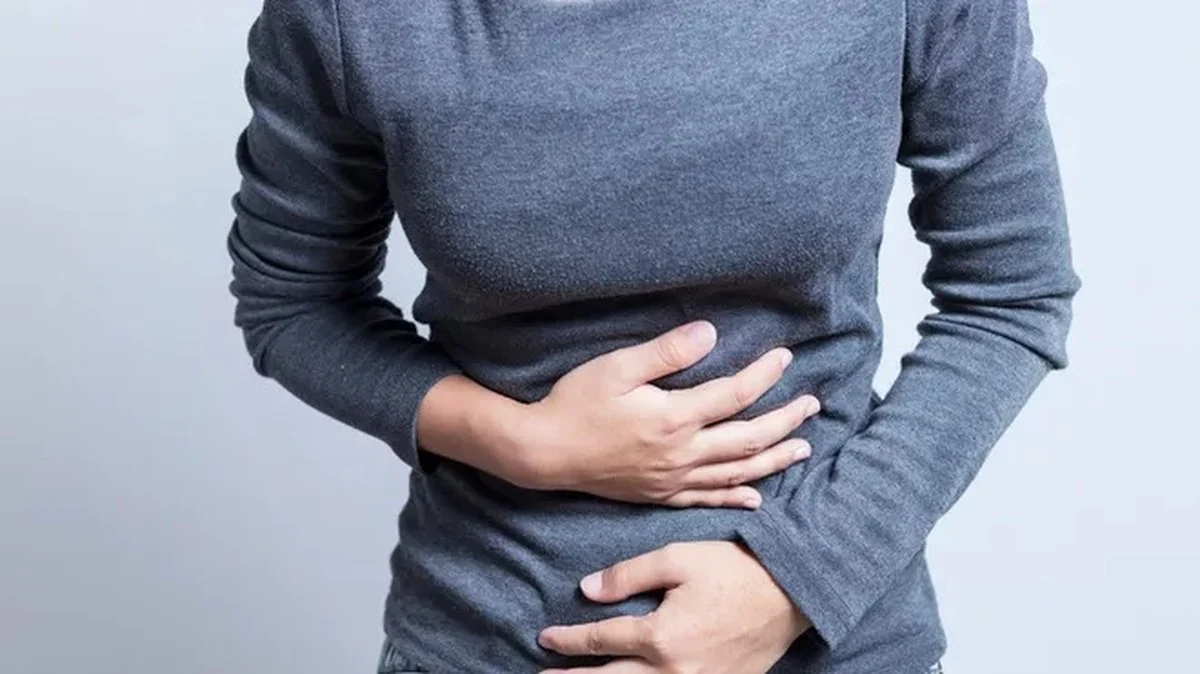18/01/2025
18/01/2025

LONDON, Jan 18: Data has revealed that British women under 50 are approximately 70% more likely to develop cancer than men of the same age, raising concerns about the growing gender disparity. A similar trend is emerging in the US, where women under 50 are now 82% more likely to develop cancer than their male counterparts, compared to a 51% difference two decades ago.
This gender gap comes amid a sharp rise in cancer rates among younger people on both sides of the Atlantic. Since the 1990s, global cancer cases in individuals under 50 have surged by 79%. In the UK, certain cancers, such as breast and bowel cancer, have seen significant increases, with cases rising by 17% and 63%, respectively, in younger age groups.
American experts have examined this trend and suggested several reasons for the gender discrepancy. One factor is the declining rates of cancers that predominantly affect men, such as melanoma, non-Hodgkin lymphoma, and prostate cancer. Meanwhile, cancers affecting women have seen a rise in younger women, with nearly half of all cancer cases in this group now involving breast or thyroid cancer. In the UK, breast cancer cases have risen by 17% among young women since the 1990s, while thyroid cancer, which affects the small gland in the neck, has increased by an astonishing 256%.
Experts from the American Cancer Society, in a study published in CA: A Cancer Journal for Clinicians, also pointed out that changes in cancer screening practices could have led to an increase in diagnoses among younger women.
Data from Cancer Research UK (CRUK) highlights that the cancer risk gap between men and women under 50 peaks in the early 40s. At this age, women face almost 270 cancer cases per 100,000, more than double the rate for men (130 cases per 100,000). Although the exact causes driving the rise in breast cancer are unclear, several contributing factors are suspected. Increased exposure to lifestyle factors, such as smoking and alcohol consumption, is one possible explanation. While only 10% of women currently smoke, rates were as high as 25% in the 1990s, which may have led to later diagnoses. Additionally, regular alcohol consumption can result in the build-up of acetaldehyde, a chemical linked to an increased risk of certain types of breast cancer. The rise of “wine-o’clock” culture has also been blamed for increased alcohol consumption among women, with some studies showing a 57% increase in binge drinking among British women since 2019.
Obesity is another known risk factor for breast cancer. Fat cells produce estrogen, and higher levels of this hormone are associated with the development of breast cancer. Government data shows that the proportion of women in England who are obese nearly doubled between 1993 and 2019, from 16% to 29%. It is estimated that 8% of breast cancer cases in England are linked to obesity, with another 8% thought to be related to alcohol consumption.
Thyroid cancer has seen an even more dramatic rise in the UK, with rates among women aged 25 to 49 increasing by 256% since the 1990s. While cases in men have also risen, women are still more likely to suffer from the disease. About 3,000 cases of thyroid cancer are diagnosed in British women each year, compared to just 1,000 in men. Researchers continue to explore the reasons for this disparity, with some suspecting that fluctuations in female sex hormones throughout a woman’s life could play a role.
In addition to thyroid cancer, CRUK data shows significant increases in cancers of the small intestine (up 119%) and the kidney (up 96%) among women under 50 since the 1990s. However, because the overall number of cases of these cancers remains relatively low, experts caution that these increases should be interpreted with caution.
Cancer risk generally increases with age as cell damage accumulates over time. However, the rise in early-onset cancer, defined as cancer diagnosed in adults under the age of 50, has raised alarm. A 2023 study in the British Medical Journal found that cases of early-onset cancer globally increased by 79% between 1990 and 2019, with experts predicting a further 31% increase by 2030.
According to World Health Organization data, Australia had the highest rate of early-onset cancer diagnoses in 2022, with 135 cases per 100,000 people, followed by New Zealand at 119 per 100,000. The UK and US ranked lower but still high, at 28th and 6th in the world, respectively.
Particular concern has been raised about the rise in young bowel cancer cases, with high-profile figures like Dame Deborah James losing their battle with the disease at age 40. A report last month warned that rates of cancer among young people are rising by 3.6% each year in England, one of the fastest-growing cancer rates globally. Scientists are still investigating the factors behind the rise in early-onset cancers, with some speculating that modern diets, exposure to substances like microplastics, or a combination of several factors may be contributing.
Katrina Brown, senior cancer intelligence manager at CRUK, said further research is needed to understand why young women are more at risk and why early-onset cancers are on the rise. "We know that risk factors like diet, obesity, alcohol, and smoking could explain the rise of cancer in some age groups," she said. "Improvements in detection, meaning people are diagnosed at a younger age, could also be playing a key role in the higher rates of early-onset cancers."
While early-onset cancer rates are rising, it still accounts for only a small proportion of total cancer diagnoses. More than half of all cancer cases in the UK are diagnosed in people over the age of 50, with one-third of these cases occurring in those over 75. CRUK data shows that the risk of being diagnosed with cancer peaks between the ages of 85 and 89. On average, around 25,000 cancer cases are diagnosed annually among British women under 50, representing 13% of all cancer cases in women. While men have lower cancer rates under 50, the trend reverses after the age of 60. Overall, the cancer rate for men is around 690 cases per 100,000, while for women it is 550 cases per 100,000.


